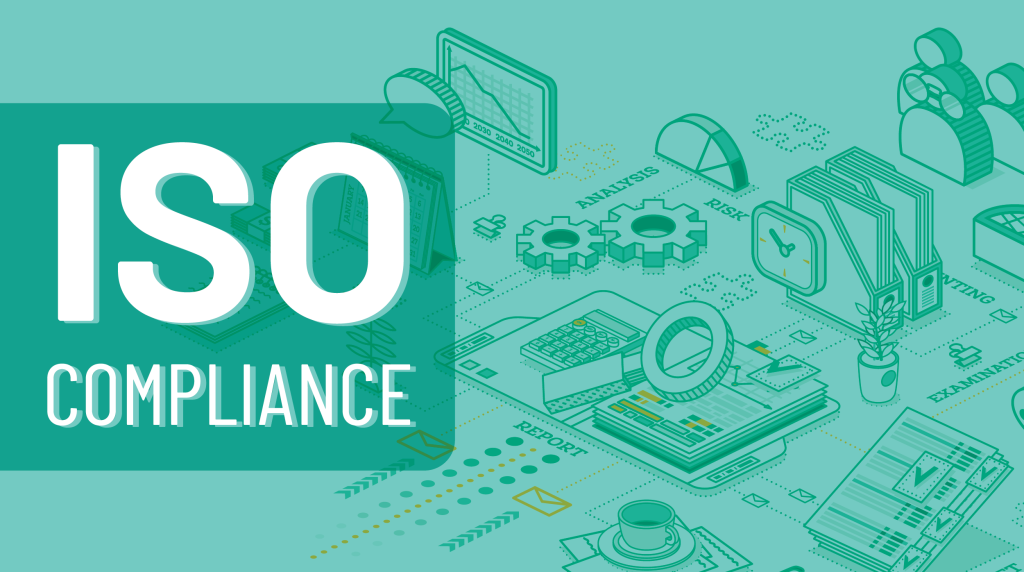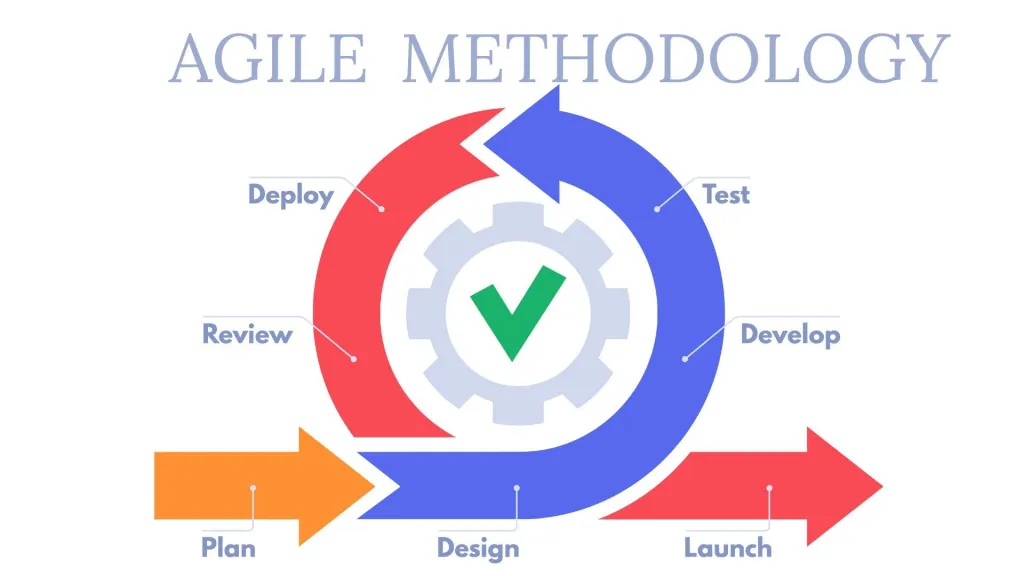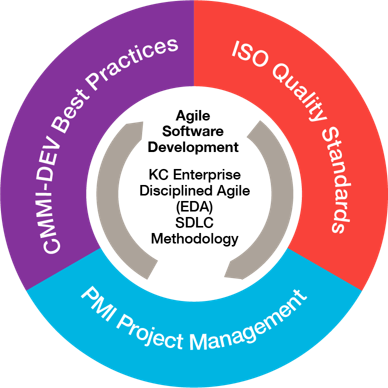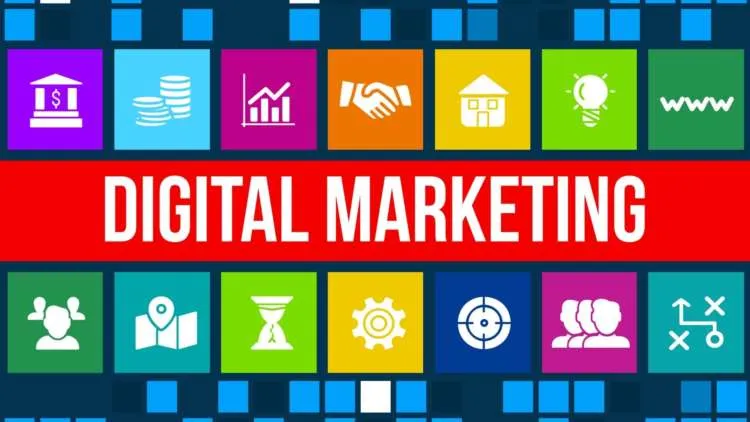Top 5 Software Development Standards refer to a set of guidelines, practices, and procedures that are designed to ensure that software is developed in a consistent, reliable, and high-quality manner. These standards can be industry-specific or generic and are often established by organizations such as the International Organization for Standardization (ISO), the Institute of Electrical and Electronics Engineers (IEEE), and the Object Management Group (OMG).
The purpose of software development standards is to improve the quality of software, reduce the likelihood of errors and defects, increase the productivity of software development teams, and ensure that software is developed in a consistent and repeatable manner. By following these standards, software development teams can ensure that their software meets the needs of users, is delivered on time and within budget, and can be easily maintained and updated in the future.
Some examples of software development standards include:
ISO/IEC 12207:
This standard defines the software development life cycle and provides guidelines for the processes and activities involved in developing software. ISO/IEC 12207 is a software engineering standard that provides a framework for the software development life cycle (SDLC). The standard was first published in 1995 and was last updated in 2008.The purpose of ISO/IEC 12207 is to provide guidelines for the processes and activities involved in developing software. The standard covers the entire software development life cycle, from the initial concept and planning stages to maintenance and retirement.

ISO/IEC 12207 defines a set of processes and activities that are grouped into five categories:
- Primary processes: These are the main processes involved in software development, including acquisition, supply, development, operation, and maintenance.
- Supporting processes: These processes support the primary processes and include documentation, configuration management, quality assurance, and verification and validation.
- Organizational processes: These processes are related to the management of the software development organization, such as project management, infrastructure management, and human resource management.
- Agreement processes: These processes involve the establishment of agreements between the software development organization and other parties, such as customers or suppliers.
- Life cycle model management processes: These processes are related to the selection, deployment, and management of a specific software development life cycle model.
ISO/IEC 12207 provides a common language and framework for software development teams and can help ensure that software is developed in a consistent and high-quality manner. By following the guidelines provided in the standard, software development teams can improve their development processes, reduce the likelihood of errors and defects, and ensure that software meets the needs of users.
ISO/IEC 15504:
This standard provides a framework for assessing the maturity of a software development process and identifying areas for improvement. ISO/IEC 15504, also known as SPICE (Software Process Improvement and Capability Determination), is a standard for assessing the maturity of a software development process. The standard was first published in 1998 and was last updated in 2012.The purpose of ISO/IEC 15504 is to provide a framework for evaluating and improving software development processes.
The standard defines a set of process assessment models that can be used to assess the capability of a software development process. The assessment models are organized into six process categories:
- Customer-supplier relationship: This category covers the processes involved in managing the relationship between the customer and supplier of software development services.
- Engineering: This category covers the processes involved in the design, implementation, and testing of software.
- Support: This category covers the processes involved in providing support for software, such as maintenance and documentation.
- Management: This category covers the processes involved in managing the software development process, such as project management and quality management.
- Process improvement: This category covers the processes involved in improving the software development process, such as measuring performance and implementing process improvements.
- Organization: This category covers the processes involved in managing the software development organization, such as human resource management and infrastructure management.
ISO/IEC 15504 provides a systematic approach to evaluating and improving software development processes. By using the standard, software development teams can identify areas for improvement and implement changes to improve the quality and effectiveness of their software development processes. The standard can also be used by organizations to assess the capability of software development service providers and to ensure that they are meeting high Software Development Standards of quality.

IEEE 830:
This standard provides guidelines for writing software requirements specifications. IEEE 830 is a standard for software requirements specifications. The standard was first published in 1998 and was last revised in 2019.The purpose of IEEE 830 is to provide a framework for defining and documenting software requirements in a way that is clear, complete, and unambiguous.
The standard provides guidelines for the structure and content of a software requirements specification (SRS), which is a document that describes the requirements Software Development Standards for a software system.
The standard defines a set of information that should be included in an SRS, including:
- Introduction: This section provides an overview of the software system and its purpose.
- Overall description: This section provides a more detailed description of the software system, including its functions, performance requirements, constraints and Software Development Standards.
- Specific requirements: This section provides a detailed description of the software system’s specific functional and non-functional requirements.
- Appendices: This section includes additional information that is relevant to the software requirements specification, such as glossaries and references.
By following the guidelines provided in IEEE 830, software development teams can create software requirements specifications that are clear, complete, and unambiguous. This can help ensure that the software system meets the needs of its users and that it is developed in a way that is consistent with established best practices.
Agile Manifesto:
This is a set of principles for software development that emphasize collaboration, flexibility, and rapid iteration. The Agile Manifesto is a set of guiding values and principles for software development that prioritize flexibility, collaboration, and customer satisfaction. It was created in 2001 by a group of software developers who were frustrated with traditional, rigid software development processes.
The Agile Manifesto consists of four value statements:
- Individuals and interactions over processes and tools
- Working software over comprehensive documentation
- Customer collaboration over contract negotiation
- Responding to change over following a plan
These value statements are supported by twelve principles, which provide further guidance for agile Software Development Standards. The principles are:
- Our highest priority is to satisfy the customer through early and continuous delivery of valuable software.
- Welcome changing requirements, even late in development. Agile processes harness change for the customer’s competitive advantage.
- Deliver working software frequently, with a preference to the shorter timescale.
- Business people and developers must work together daily throughout the project.
- Build projects around motivated individuals. Give them the environment and support they need, and trust them to get the job done.
- The most efficient and effective method of conveying information to and within a development team is face-to-face conversation.
- Working software is the primary measure of progress.
- Agile processes promote sustainable development. The sponsors, developers, and users should be able to maintain a constant pace indefinitely.
- Continuous attention to technical excellence and good design enhances agility.
- Simplicity–the art of maximizing the amount of work not done–is essential.
- The best architectures, requirements, and designs emerge from self-organizing teams.
- At regular intervals, the team reflects on how to become more effective, then tunes and adjusts its behavior accordingly.
By following the Agile Manifesto and its principles, software development teams can prioritize the needs of customers, respond to changing requirements, and work collaboratively to deliver high-quality software in a timely and efficient manner.
Capability Maturity Model Integration (CMMI):
This is a process improvement model that provides guidelines for improving software development processes. Capability Maturity Model Integration (CMMI) is a process improvement model that provides a framework for developing and improving software development processes. It was developed by the Software Engineering Institute (SEI) at Carnegie Mellon University and was first released in 2002.
CMMI is designed to help organizations improve their software development processes by providing a set of best practices and guidelines for process improvement. The model is organized into five maturity levels, each of which represents a higher level of process maturity and capability. The maturity levels are:
- Initial: The software development process is ad hoc and unstructured.
- Managed: The software development process is characterized by a set of defined processes that are repeatable and consistent.
- Defined: The software development process is well-defined and documented, and is characterized by a focus on process improvement.
- Quantitatively Managed: The software development process is measured and controlled, with a focus on quantitative process improvement.
- Optimizing: The software development process is continuously improving and adapting based on feedback and data.
CMMI also includes a set of process areas that cover the key activities and practices involved in software development, such as project planning, requirements management, process improvement and Software Development Standards. Each process area is associated with a set of specific practices that must be implemented to achieve the desired level of maturity.
By following the CMMI model and its guidelines, software development teams can improve their processes, increase their capability and maturity, and deliver higher-quality software more efficiently. The model can also be used by organizations to assess the capability of software development service providers and to ensure that they are meeting high standards of quality & Software Development Standards .
Software development standards can be used in combination with different software development methodologies, such as Waterfall, Agile, and DevOps, to ensure that software is developed in a consistent and high-quality manner.
ISO compliance and Agile
ISO compliance and Agile are two approaches to software development that have different focuses, but they can both be used to improve the quality of software and ensure that it meets the needs of users.
ISO compliance refers to the adherence to the Software Development Standards established by the International Organization for Standardization. These standards cover a wide range of areas, including software development, and are designed to ensure that products and services are safe, reliable, and of high quality. ISO 9001, for example, is a standard that provides a framework for quality management systems, including software development. Compliance with ISO standards can help software development teams ensure that they are following established best practices and that their software meets high standards of quality.

Agile, on the other hand, is a software development methodology that emphasizes flexibility, collaboration, and rapid iteration. Agile teams work in short development cycles, called sprints, and prioritize customer satisfaction and continuous improvement. Agile methodologies, such as Scrum or Kanban, can help software development teams respond quickly to changing requirements and deliver high-quality software that meets the needs of users.
While ISO compliance and Agile have different focuses, they can be used together to ensure that software is developed in a consistent, high-quality manner that meets the needs of users. For example, an Agile team can follow ISO 9001 guidelines for quality management to ensure that their development processes are effective and efficient. Similarly, an ISO-compliant software development team can use Agile methodologies to improve collaboration and responsiveness to changing requirements. Ultimately, the choice between ISO compliance and Agile will depend on the specific needs of the software development team and the requirements of the project at hand.
Also Read : Top 10 Emerging Technologies in computer science





